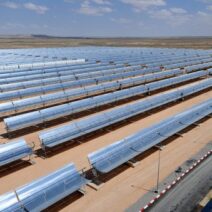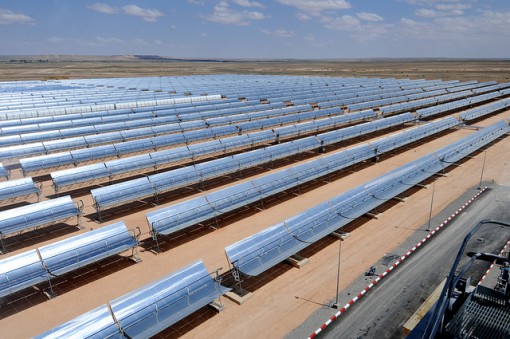Energy conservation in everyday life is not only a matter of reducing utility bills; it is also a vital contribution toward mitigating climate change. Adopting simple yet effective habits can result in significant energy savings, leading to a more sustainable lifestyle. This article explores various methods and practices that can help individuals conserve energy, categorized into different aspects of daily living.
1. Household Efficiency
The home is where energy consumption occurs in abundance. Effective energy conservation starts with improving household efficiency. One of the simplest and most impactful changes is switching to LED lighting. Unlike traditional incandescent bulbs, LEDs consume approximately 75% less energy and can last up to 25 times longer, thereby reducing the frequency of replacements and disposal issues.
Another method to enhance household efficiency is to utilize smart power strips. These devices detect when appliances are no longer in use and automatically shut them off, preventing phantom loads. Many electronic devices consume energy even when turned off, a phenomenon known as “vampire energy.” By using smart strips, one can minimize this waste.
It is also crucial to ensure that heating and cooling systems operate efficiently. Regular maintenance, such as changing air filters and sealing windows and doors, can prevent energy loss. Additionally, consider programmable thermostats that adjust the temperature according to your schedule, saving energy when you are not home.
2. Energy-Efficient Appliances
Investing in energy-efficient appliances can significantly lower energy consumption over time. Look for the Energy Star label when purchasing refrigerators, washing machines, and dishwashers. These appliances are designed to use less water and energy compared to standard models.
Moreover, adapting to new technologies can also aid in energy conservation. For instance, using an induction cooktop instead of a traditional electric stove can reduce cooking energy consumption dramatically due to its efficient heating method. Similarly, using cold water for laundry instead of hot can conserve energy and prolong the lifespan of clothing.
3. Water Conservation
Water heating is one of the largest energy expenditures in the home. Thus, adopting habits that conserve water can lead to energy savings. Simple acts such as taking shorter showers, fixing leaks promptly, and using low-flow fixtures can contribute to both water and energy conservation. Utilizing a rain barrel for outdoor watering can further diminish water needs and associated energy investments.
In addition, consider running dishwashers and washing machines only with full loads. These appliances consume significant energy for each cycle, so maximizing their usage can lead to substantial conservation.
4. Sustainable Transportation
Transportation is yet another significant contributor to energy consumption. Opting for public transport, carpooling, biking, or walking can drastically reduce energy use and carbon emissions. If driving is unavoidable, maintaining your vehicle in good condition—ensuring proper tire pressure, regular oil changes, and efficient driving practices—can enhance fuel efficiency and lower energy consumption.
Furthermore, if possible, consider investing in an electric or hybrid vehicle. These cars are generally more energy-efficient and can significantly reduce emissions compared to their gasoline counterparts.
5. Renewable Energy Sources
Embracing renewable energy sources is an essential step toward energy conservation on a larger scale. Homeowners can explore options such as solar panels, which can harness sunlight to provide electricity. Although the initial investment may be considerable, tax incentives and long-term savings often outweigh the costs.
Additionally, community programs and initiatives aimed at promoting renewable energy can provide support and resources for individuals looking to reduce their carbon footprint.
6. Mindful Consumption
Energy conservation isn’t solely about the infrastructure; it also encompasses the choices made daily. Practicing mindful consumption by prioritizing sustainable products can lead to reduced energy use. This includes selecting locally sourced foods, as transportation and refrigeration require substantial energy. By reducing food miles, you contribute to energy conservation while supporting local economies.
Emphasizing second-hand products and recycling also aids in energy conservation. Engaging in a circular economy minimizes the energy needed for production and disposal processes, thereby benefiting the environment.
7. Informed Community Engagement
Lastly, community involvement can amplify individual efforts toward energy conservation. Joining local groups that focus on sustainability initiatives fosters a sense of responsibility and collective action. By sharing resources and knowledge, communities can implement wider-reaching energy conservation practices.
Participating in community clean-up events and educational workshops can also reinforce the vision of a sustainable future. Advocacy for local policies supporting renewable energy programs can lead to systemic changes that enhance overall energy conservation.
Conclusion
Conserving energy in everyday life necessitates an array of strategies that span from household efficiency to community engagement. By adopting these simple habits, individuals can contribute to significant energy savings, reduce their carbon footprint, and promote a greener planet. Every action counts, and collectively, these efforts can lead to a sustainable future for generations to come.



